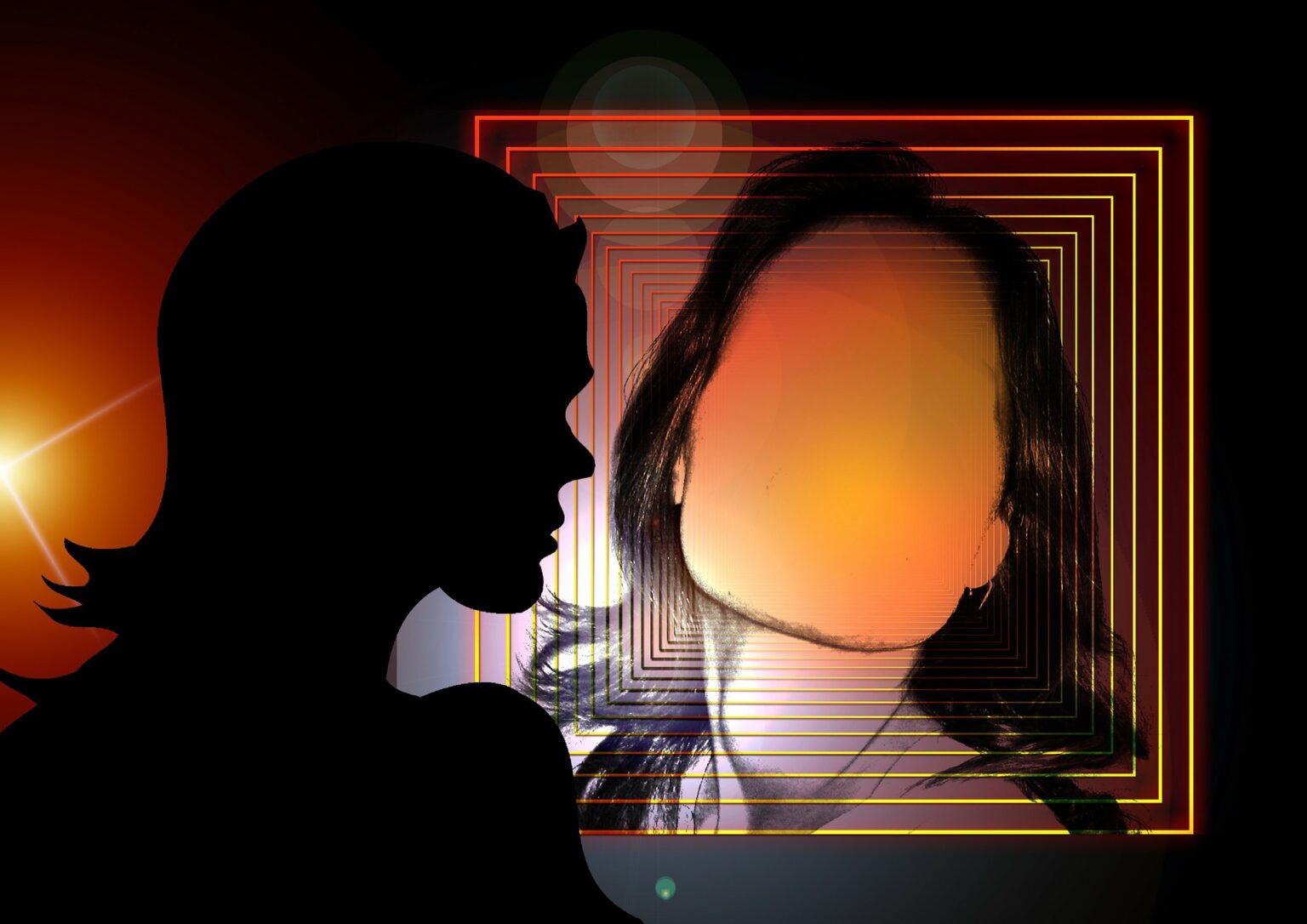Dissociative identity disorder may be a relatively new term in psychiatric parlance, but it’s a mental health condition that’s been affecting the human race for centuries. This is a very difficult situation for anyone to face, and that includes those who suffer from it as well as their friends and loved ones. While there is still much work to do, we have made a lot of progress with regards to what we know about dissociative identity disorder. As such, it’s important that as many people as possible understand this challenge better so that perhaps they can help someone who needs it.
SoCal Empowered is an inpatient Orange County mental health treatment provider, and we’d like to offer some statistical perspectives with regards to dissociative identity disorder. Given the number of harmful myths that exist relating to this condition, we’d also like to debunk some that are more common below. If you or someone you love needs Orange County mental health help, please feel free to contact us as soon as possible.
Dissociative Identity Disorder Statistics
One of the many challenges that the medical profession faces when it comes to dissociative identity disorder is the ability to diagnose it. Not only do a large number of people who suffer from it never get treated for it, but it can also be classified as something else that isn’t necessarily related.
However, according to DIDResearch.org, the Diagnostic and Statistical Manual of Mental Disorders estimates that approximately 1.5 percent of American adults suffer from dissociative identity disorder in any given year. Given that there are just under 210 million adults in the United States, that equates to nearly 3,137,000 people. For the sake of perspective, a city of that size would rank as the third largest in the United States, behind Los Angeles and ahead of Chicago.
It’s clear that dissociative identity disorder is both a serious and prevalent problem in the United States and the rest of the world.
Common Dissociative Identity Disorder Myths
Given that the term “dissociative identity disorder” has only been used since 1994, it’s not all that surprising that there are several myths out there. Until then, it had been referred to as multiple personality disorder, but as we learned more about this condition researchers realized that this was not an accurate term.
However, regardless of the term used to describe it, there are some dissociative identity disorder myths that are quite harmful. Below are just a few examples.
Dissociative identity disorder, or “DID” as it’s also known, is made up.
Dissociative identity disorder is not made up, and its existence is not controversial. It’s been part of the Diagnostic and Statistical Manual of Mental Disorders, or DSM, since 1980. The DSM is considered the authority of record with regards to all different types of mental illnesses. DID would not be included in the manual if a vast majority of mental health professionals didn’t agree it belongs there. The condition is very real.
Dissociative identity disorder is the same thing as schizophrenia.
As mentioned above, DID is often missed initially when someone seeks a diagnosis. One of the more common conditions someone is mistakenly diagnosed with is schizophrenia. While it’s not all that difficult to see how this mistake could occur, there are important differences between these two diseases. Schizophrenia is a psychotic condition that often involves hallucinations and delusions. DID is not similar, as people suffering from this condition are not delusional and they are not hallucinating – they are in fact experiencing a separate personality from time to time.
When those with DID move to an alternate personality, the change is radical.
Unfortunately, movies and other forms of media are to blame for the common misconception that when someone with dissociative identity disorder switches to an alternate personality that it’s obvious to anyone who sees it. The fact is that when this occurs, the change can be extremely subtle and even undetectable to all but highly experienced mental health professionals.
Most if not almost all DID “alters” are violent and evil.
Once again, mass media has done dissociative identity disorder sufferers no favors with its depiction of DID. In many instances, a person suffering from this condition will switch to an alter – which means alternative personality – and become violent, or dangerous, or evil or even just stronger and more courageous. In reality, people with DID are no more likely to be any of these things than anyone else.
DID can develop at any age in life.
Dissociative identity disorder is a condition that develops in response to extreme and ongoing trauma during early childhood. This trauma can be physical, sexual or psychological in nature, and DID arises as a sort of defense mechanism to that trauma. As such, DID begins to develop early during childhood, typically between the ages of 6 and 9. The symptoms can and often do present later in life, but its origins trace back to when people are very young.
How SoCal Empowered Can Help
Unfortunately, the only way to defeat myths is to drown them out with facts and reality-based perspectives. Dissociative identity disorder is a very challenging situation for any person to face, and the difficulties can span a lifetime if someone in this position does not get the help that they need.
If you or someone you love is suffering in this regard, you need to contact our Orange County mental health professionals as soon as possible. We will listen to your situation and help you decide if inpatient treatment is the best course of action. If so, we will work with your insurance carrier to determine coverage before we move forward. If some other approach makes the most sense for you, we’ll not only tell you so, but help you find that resource.
Regardless, it’s time to do something about this problem. Contact us today to get started.




